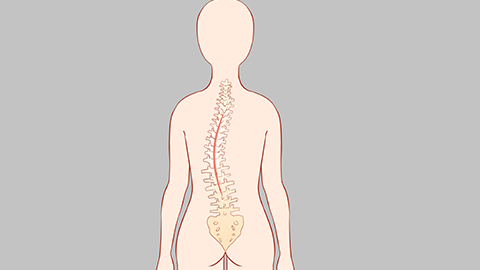Does ankylosing spondylitis cause pain?
Generally, whether ankylosing spondylitis causes pain needs to be determined according to the stage and severity of the condition. If discomfort occurs, timely medical consultation is recommended. Detailed analysis is as follows:

If ankylosing spondylitis is in its early stage and the condition is mild, the inflammation slightly irritates the spine and surrounding tissues. Patients often experience intermittent lower back pain, with mild intensity. Pain might worsen after rest or upon waking in the morning but can gradually ease with activity. It typically does not affect basic daily activities such as walking or standing, causing minimal disruption to quality of life.
If ankylosing spondylitis progresses to the middle or late stages, the condition becomes severe, with significant inflammation, adhesion, or even rigidity appearing in the spinal joints. Patients may suffer from persistent and severe pain. Besides evident lower back pain, other areas such as the buttocks and hip joints might also be affected. Pain intensifies during movement, and some individuals may even find it difficult to turn over in bed or bend down, severely affecting sleep and daily activities.
When suspected pain symptoms appear, timely medical consultation and examination are necessary to determine the stage of the disease. During pain episodes, strenuous exercise should be avoided; applying heat may help relieve discomfort, but the temperature should be moderate. It is advisable to consistently perform gentle joint function exercises in daily life, such as walking and swimming, to maintain joint flexibility. Pain-relieving medications should be taken as directed by a physician, without self-adjusting the dosage. Regular follow-up visits are essential for timely adjustment of treatment plans to reduce recurrence of pain.








